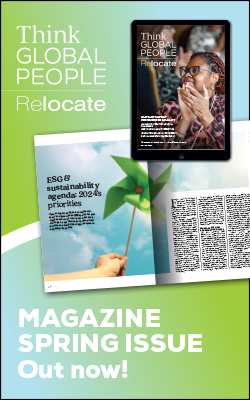UK manufacturing begins 2017 with a ‘fizz’ in orders
Output by the UK’s manufacturing sector surprised analysts by hitting a 30-month high in December despite the pressure of rising costs of imported raw materials due to the fall in the value of sterling.

Manufacturing growth ‘robust’
“The UK manufacturing sector starts 2017 on a strong footing,” said Rob Dobson, senior economist at IHS Markit. “Based on its historical relationship against official manufacturing output data, the survey is signalling a quarterly pace of growth approaching 1.5 per cent, a surprisingly robust pace given the lacklustre start to the year and the uncertainty surrounding the EU referendum.“The boost to competitiveness from the weak exchange rate has undoubtedly been a key driver of the recent turnaround, while the domestic market has remained a strong contributor to new business wins.”The survey showed December’s rates of growth for both production and new orders were among the best seen over the past two-and-a-half years. Markit said companies saw “stronger inflows of new work from both domestic and overseas clients, the latter aided by the boost to competitiveness from the weak sterling exchange rate”.David Noble, chief executive of CIPS, added, “This fizz in new orders signals good news for UK manufacturers, which have previously been hit by uncertainties following the EU referendum.”Uncertainty still a major concern
Meanwhile, a survey by Lloyds Bank showed that economic uncertainty caused by the Brexit vote remained the major concern of businesses, with 20 per cent of 1,500 SMEs questioned saying they expected to raise prices in the first half of 2017.While most SMEs were not planning to take on more staff, manufacturers reported a big rise in business confidence on the back of the weaker exchange rates. Confidence was highest in the North East, Scotland and the east of England, and weakest in the West and East Midlands.Tim Hinton, managing director of mid-markets and SME policy at Lloyds, said, “Business confidence definitely dipped a bit following the EU referendum result, but it has picked up again in the last few months, though still below the long-term average.“Confidence remains well above the lows of the financial crisis, driven by demand both in the UK and abroad. The banking sector also has a much stronger capital position to withstand any shocks than in 2008/9, which should give businesses more confidence that their growth ambitions can be supported in the year ahead.“We should expect more twists and turns in 2017, but in the meantime business owners are resilient and continuing to do what they do best – getting on with growing their businesses while keeping an eye on the external risks.”In the Winter 2016/17 issue of Relocate magazine, David Sapsted looks at some of the key international locations bidding for a piece of the post-Brexit action, and canvasses the views of business leaders and politicians.For related news and features, visit our Enterprise section.
Access hundreds of global services and suppliers in our Online Directory
 Get access to our free Global Mobility Toolkit
Get access to our free Global Mobility Toolkit 
©2024 Re:locate magazine, published by Profile Locations, Spray Hill, Hastings Road, Lamberhurst, Kent TN3 8JB. All rights reserved. This publication (or any part thereof) may not be reproduced in any form without the prior written permission of Profile Locations. Profile Locations accepts no liability for the accuracy of the contents or any opinions expressed herein.
































